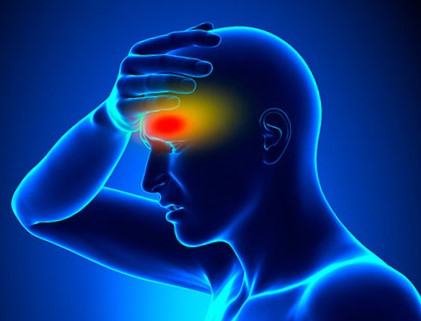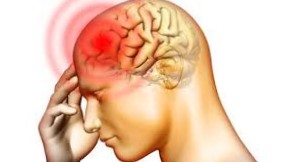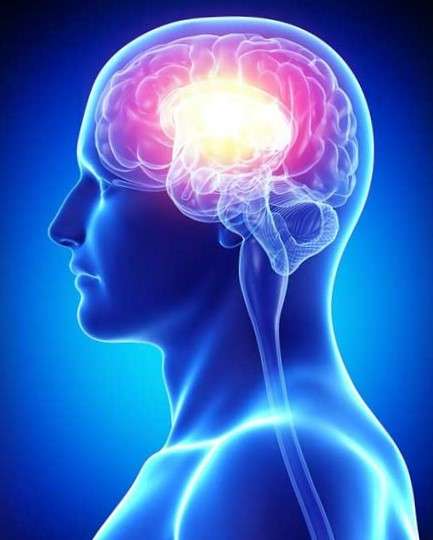What causes a Headache
The head is one of the common sites of pain in our body. A headache may arise spontaneously or can be associated with any stimulus or activity or exercise. It may have an acute or chronic onset in nature with or without episodes of dull or increased severity. A headache is often associated with nausea, vomiting fever, stiff neck & weakness. Know in details about What causes a Headache.
Headache symptoms can include throbbing, squeezing, constant, intermittent, or unrelenting. The location can be in one part of the skull or face or can be overall involving the whole head.
Headaches are generally classified as:
- Primary headaches: Primary headaches are stand-alone illnesses caused directly by the over-activity, or problems with, structures in the head that are pain-sensitive. Chemical activity in the brain or blood vessels, the nerves surrounding your skull, or the muscles of your head and neck (or both combinations of these factors) can play a role in primary headaches. Some people may also carry genes that make them more likely to develop such headaches. Common primary headaches include tension, migraine, and cluster headaches
- A secondary headache: Secondary headaches are symptoms that happen when another condition stimulates the pain-sensitive nerves of the head. These include:
- Alcohol-induced hangover
- Brain tumor
- Blood clots & bleeding in or around the brain
- Dental problems
- “Brain freeze,” or ice-cream headaches
- Encephalitis or Meningitis.
- Carbon monoxide poisoning
- Rebound headaches
- Sinus headaches
- High blood pressure (hypertension)
- Dehydration
- Ear infection (middle ear)
- Glaucoma
- Influenza
- Panic attacks and panic disorder
- Stroke
3. Cranial neuralgias, facial pain: Cranial neuralgia describes inflammation of one of the 12 cranial nerves. Perhaps the most commonly recognized example is trigeminal neuralgia, which affects fifth cranial nerve
Discussion on few Types of a headache & What causes a Headache:
Tension headaches: Tension headaches are the most common form of a primary headache. It can be either episodic or chronic. Episodic attacks are usually a few hours in duration, but it may last for several days. Chronic headaches occur for 2weeks or more days a month for a period of at least 3 months. Symptoms include a dull pain that is constant instead of throbbing and feels like a tight band of pain around the head.
The cause of migraines is not yet known. It is suspected that they result from some abnormal activity in the brain with can also for a trigger. A trigger can be Hormonal changes, environment, emotional, Physical, diet etc. A migraine headache may cause a pulsating, throbbing pain usually only on one side of the head. The aching may be accompanied by:
- Blurred vision
- Light-headedness
- Nausea & Vomiting
- Sensitivity to light or sound
Rebound headaches: Click here to know in details
Encephalitis & Meningitis: Encephalitis is inflammation of the brain & Meningitis is inflammation of the membranes (meninges) that surround the brain and spinal cord. Both encephalitis and meningitis can be caused by bacteria or viruses, and rarely a fungus, or be noninfectious. it can be very fatal. Symptoms of encephalitis include sudden fever, headache, vomiting, an inability to tolerate light or loud noises, stiff neck and back, confusion and impaired judgment, drowsiness, weak muscles, and irritability. The symptoms of Meningitis Headache, fever, confusion, drowsiness, and fatigue. Also seizures or convulsions, tremors, hallucinations, and memory problems.
Cluster headaches: It is a neurological disorder characterized by recurrent, severe headaches on one side of the head, typically around the eye. Men are more affected than women. It is often accompanying eye-watering, nasal congestion, redness in your eye on the affected side, swelling around the eye, on the affected side. These symptoms typically last 15 minutes to 3 hours & The attacks often occur at the same time each day.




0 Comments